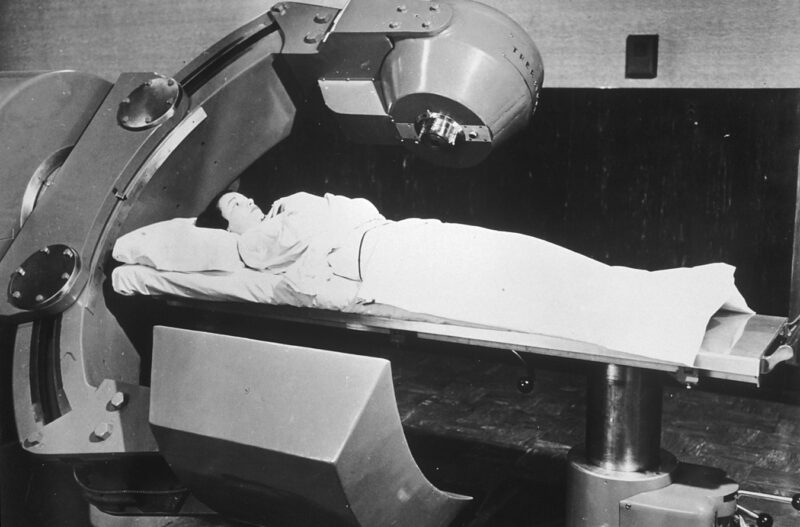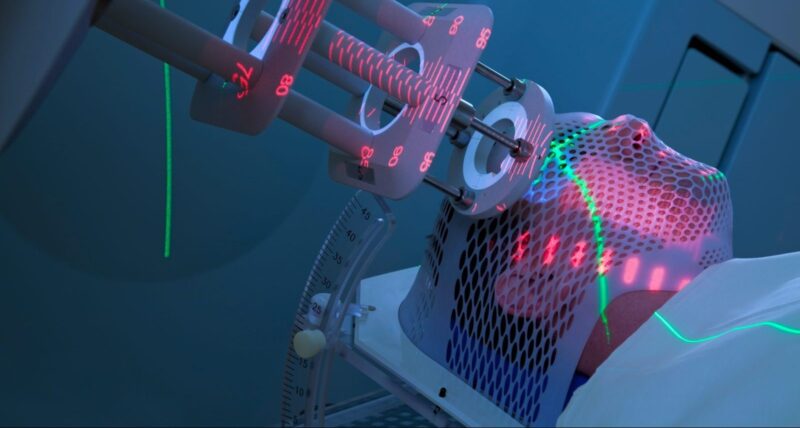The International Day of Medical Physics was celebrated on November 7, honoring the professionals whose scientific expertise and precision form the backbone of modern medicine. This year’s theme, “The Human Expertise of Medical Physics: Beyond the Radiotherapy Machine,” highlights the essential role of medical physicists in ensuring that every diagnostic scan, radiation dose, and treatment plan is executed with accuracy, safety, and compassion.
Medical physics is an applied science that uses the principles of physics to enhance human health through the prevention, diagnosis, and treatment of diseases. Since the discovery of X-rays and radioactivity in the 1890s, physicists have played a central role in developing life-saving technologies such as CT and MRI imaging and radiation therapy. Their work continues to drive innovation, bridging scientific discovery with clinical care to ensure that patients benefit from the most advanced and reliable medical technologies.
Who Are Medical Physicists?
Medical physicists are uniquely trained healthcare professionals who translate the language of physics into patient care. They apply the laws of radiation, magnetism, and energy to diagnose and treat disease safely and effectively. Their work encompasses diagnostic imaging, radiation oncology, nuclear medicine, and radiation protection, ensuring that every medical procedure involving radiation or advanced imaging operates at peak precision.
These experts are integral members of the healthcare team, working closely with radiation oncologists, radiologists, dosimetrists, and technologists. Within hospitals and cancer centers, they are responsible for calibrating and maintaining complex medical equipment, verifying treatment plans, and ensuring the safety of patients and staff. Their contribution extends beyond machines — it is their expertise that transforms technology into healing.
A Brief History of Medical Physics
The roots of medical physics reach back to the late 19th century, when Wilhelm Conrad Roentgen discovered X-rays in 1895 — a discovery that forever changed medicine and earned him the first Nobel Prize in Physics in 1901. Soon after, physicists began applying radiation for therapy, giving birth to the field of radiation oncology.
Among the pioneers was Dr. Harold Johns, who developed the first Cobalt-60 therapy unit in the late 1940s and treated the first patient in 1951. In those early days, physicists performed manual beam calculations to determine radiation doses, deepening their understanding of how energy interacts with tissue. Over the decades, advances in computing and imaging revolutionized treatment planning, yet the central mission of medical physicists , ensuring precision, safety, and optimal patient outcomes — has remained unchanged.

The Core of Their Work
The responsibilities of medical physicists span three interconnected areas: clinical practice, research and development, and education.
In clinical care, they design and verify individualized radiation treatment plans that deliver effective doses to tumors while minimizing harm to healthy tissue. They conduct rigorous quality assurance tests on linear accelerators, CT scanners, MRI systems, and other devices, ensuring that equipment functions with absolute accuracy. Radiation safety is another crucial part of their work, protecting patients, staff, and the environment through careful monitoring, shielding design, and protocol development.
In research, medical physicists are innovators. They lead efforts to develop new technologies, refine imaging and treatment methods, and apply artificial intelligence to clinical workflows. Their research contributes to safer, more precise, and more personalized treatments from adaptive radiotherapy to proton therapy and beyond.
As educators, they train the next generation of medical physicists, dosimetrists, and radiation technologists. Many also teach medical students and residents, sharing essential knowledge about radiation safety, imaging physics, and the principles that underpin modern therapeutic practice.

Source: https://www.ku.ac.ae/program/msc-in-medical-physics
Education and Training
Becoming a medical physicist requires a strong foundation in physics, advanced training in medical applications, and rigorous clinical experience.
In Europe, education typically follows a structured pathway that includes a Bachelor’s degree in physics or a related science, a Master’s degree in medical physics, and a hospital-based residency program. The European Federation of Organizations for Medical Physics (EFOMP) outlines this three-step system to ensure both theoretical depth and clinical competence. The European Commission also recognizes medical physicists as key safety experts, emphasizing continuous professional development throughout their careers.
In the United States, the process begins with a degree in physics or a related science, followed by graduate education in a CAMPEP-accredited medical physics program. This is complemented by a two-year clinical residency that provides hands-on patient care experience under supervision. Afterward, candidates pursue board certification through the American Board of Radiology (ABR) or the American Board of Medical Physics (ABMP). These credentials represent a hallmark of excellence, confirming expertise in therapeutic, diagnostic, or nuclear medical physics.
Across the world, the training of medical physicists reflects a shared commitment to excellence, safety, and lifelong learning — ensuring they can adapt to the rapidly advancing landscape of medical technology.
Read OncoDaily’s Special Article About Radiation Oncologists
Research and Future Directions
Research lies at the heart of medical physics. It fuels innovations that shape the future of diagnosis and therapy. From proton therapy and MR-guided linear accelerators to radiomics, AI-assisted imaging, and adaptive radiotherapy, medical physicists lead the scientific development that defines modern oncology. Their investigations not only improve technology but also deepen understanding of how radiation and imaging can be tailored to individual patients, paving the way for more effective and personalized treatments.
Beyond the Radiotherapy Machine
The International Day of Medical Physics reminds the world that behind every beam, scan, and algorithm stands human expertise. Medical physicists are the unseen guardians of precision — ensuring that advanced technologies serve one ultimate goal: improving patient lives safely and effectively.
Their role extends far beyond the radiotherapy machine. It encompasses compassion, scientific curiosity, and unwavering dedication to the principles of accuracy and safety. As medicine continues to evolve, the human expertise of medical physicists will remain at its core — shaping the future of healthcare, one precisely measured beam at a time.
Across the global oncology community, professionals and institutions joined in acknowledging the contributions of medical physicists, sharing messages of appreciation and celebration across social media platforms.
Aren Karapetyan:
“Happy International Day of Medical Physics! Congratulations to all the medical physicists around the world.”
“On the birthday of Maria Skłodowska Curie, we celebrate International Day of Medical Physics hashtag#IDMP2025 as well as multi-disciplinarity and diversity in Radiation Oncology hashtag#WeWhoCurie hashtag#medphys hashtag#radonc hashtag#rtt. Special thanks to Jiamin Cao for the photo ! Featuring Corinne Faivre-Finn Eliana Vasquez Osorio Tom Melichar Chelsea Sargeant Dónal McSweeney Artemis Bouzaki and others. “

Read also: OncoDaily’s Special Feature on Radiation Oncologists
Written by Nare Hovhannisyan, MD


